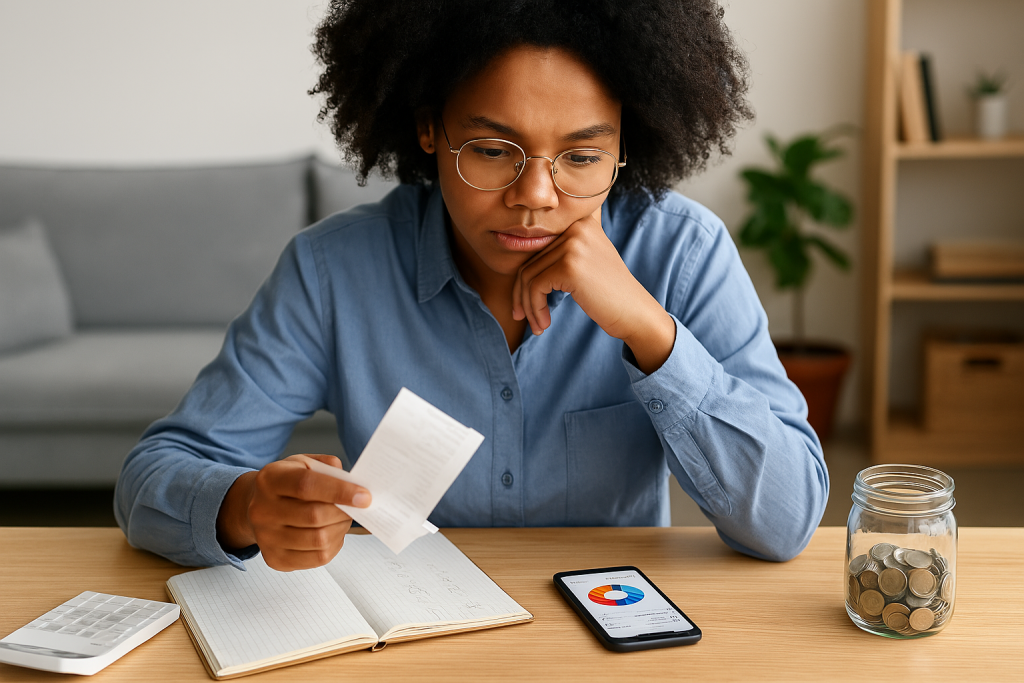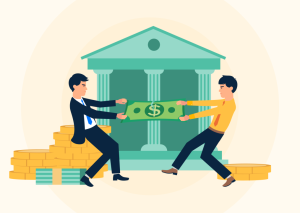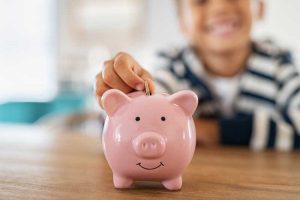People don’t always make rational choices when it comes to money—and that’s perfectly human. For decades, traditional finance saw people as logical actors, always seeking optimal outcomes. In reality, our decisions are shaped by emotion, routine, and subtle influences we barely notice. That’s why behavioral economics is making waves in personal finance.
By combining psychology and economics, this field explores how people really handle money—not how we imagine they should. From mobile apps to national policies, its impact is visible everywhere, offering smarter ways to help people save, budget, and spend with confidence.
Understanding what behavioral economics really means

At its core, behavioral economics asks why we make the financial choices we do, especially when they don’t serve our best interests. Unlike traditional economics, it doesn’t assume rationality—it embraces the messy, real-world patterns that define human behavior. Recognizing those patterns helps build better financial systems.
Whether it’s delaying savings or overspending during stress, we all fall into predictable habits. Understanding these tendencies allows financial services to support users in more realistic ways. The focus shifts from forcing change to creating environments where better decisions come naturally.
Mental shortcuts that shape how we manage money
In our daily lives, we rely on mental shortcuts, also known as heuristics, to avoid decision fatigue. They help us make quick choices, but in the financial world, they often steer us off course. Present bias, for instance, makes us prioritize now over the future.
Instead of saving, we might splurge today because future goals feel distant. Behavioral economics doesn’t fight this tendency, it works with it. Tools like auto-saving or frictionless investments reduce the mental effort required to do what’s best in the long term.
How emotions affect financial decisions
Emotions are powerful forces behind how we manage money. We’ve all felt the urge to shop when sad, celebrate with spending, or ignore finances when overwhelmed. These emotional triggers don’t just affect purchases—they shape long-term financial stability in subtle but significant ways.
Through the lens of behavioral economics, emotions become part of the solution rather than a flaw. Financial tools that acknowledge mood and mental state can help users avoid harmful decisions, offering gentle support at the right time, without judgment or shame.
How financial tools are evolving with psychology?
Today’s personal finance tools aren’t just calculators, they’re companions. Many apps now include features inspired by behavioral economics, designed to help without nagging. The round-up savings feature, for instance, builds habits painlessly by setting aside spare change after each purchase.
Users don’t feel the loss because the amounts are small, yet over time, these bits add up. This subtle approach matches real behavior: people are more consistent with systems that don’t rely on willpower. That’s how psychology makes saving feel easy and natural.
Tiny nudges, real-world results
Small, well-timed nudges can create powerful change in financial behavior. A reminder to review your weekly budget, or a gentle suggestion to hold off on a big purchase, can keep you on track. These moments are designed to feel supportive, never intrusive.
Rooted in behavioral economics, nudges respect autonomy while guiding users toward healthier habits. They don’t require pressure or guilt, just strategic timing and understanding of how real people make decisions under stress, distraction, or limited mental bandwidth.
When saving becomes a game
Gamification is reshaping how people interact with money by making it feel fun and rewarding. Instead of simply tracking expenses, users earn points, unlock badges, and see progress bars that celebrate small wins. It adds motivation to what might otherwise feel like a chore.
Behavioral economics shows that rewards and positive reinforcement help habits stick. By framing budgeting and saving as a challenge, not a burden, gamified tools boost user engagement and consistency. It’s finance with a sense of achievement, without overwhelming complexity.
Smarter public policies driven by behavioral economics
Governments are also using behavioral economics to improve large-scale outcomes in retirement savings, tax compliance, and more. One notable example is auto-enrollment in pension plans, which significantly increases participation by making saving the default option.
People can still opt out, but most won’t—thanks to inertia, a powerful behavioral force. Rather than relying on education alone, policymakers now design systems that support the outcome they want, using structure, timing, and thoughtful defaults to shift behavior in positive directions.
Improving outcomes for vulnerable communities
For people with limited income or financial literacy, even small barriers can prevent better money management. Here, behavioral economics becomes a tool of inclusion, helping reduce friction in financial systems through tailored features like automatic bill payment or personalized reminders.
Instead of assuming users need more knowledge, these tools meet them where they are. By removing unnecessary steps and offering clear pathways, platforms make budgeting and saving more accessible. The result is more control, for users who need it most.
Ethics and the limits of behavioral economics design
While behavioral economics can guide better decisions, it also raises ethical questions. When companies influence behavior, where’s the line between help and manipulation? Who decides what’s in a user’s best interest—and should they? These are not theoretical concerns.
To build trust, transparency is essential. Users should know when and how their behavior is being influenced. Nudges must serve the user, not the company. When done ethically, these tools empower people. When misused, they quietly erode autonomy and trust in the system.
What the future holds for behavioral economics finance
With artificial intelligence and real-time data, the next wave of behavioral economics will be deeply personalized. Apps will anticipate overspending triggers, remind users of goals when temptation strikes, and provide support that adapts to lifestyle patterns and emotional cues.
Financial platforms won’t just record actions—they’ll react and respond. Imagine being nudged to save after getting paid, or warned before entering a spending hotspot. These aren’t just cool features—they reflect a shift toward proactive, human-centered design grounded in behavioral understanding.
Changing how we talk about money
One of the most profound impacts of behavioral economics is how it reshapes the narrative around money. It tells us that we’re not broken—we’re just human. Everyone struggles with impulse, stress, and long-term planning. The key is designing systems that work with our nature.
Instead of blaming individuals for poor decisions, we create environments that help good choices happen more easily. This approach reduces shame and increases financial resilience. It doesn’t ask people to be perfect—it helps them be consistent, confident, and in control.



